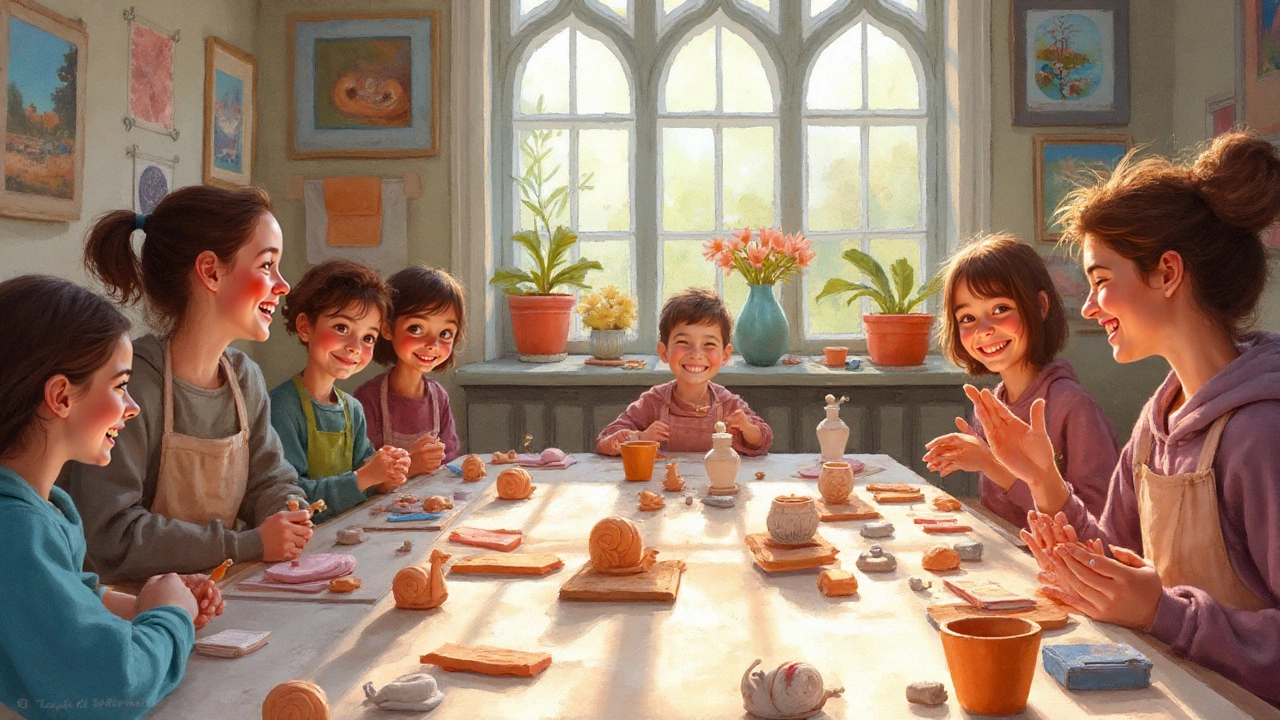Starting Sculpture: A Practical Guide for New Artists
If you want to shape clay, wood, or even recycled junk into a sculpture, you don’t need a fancy studio or a huge budget. All you need is a clear idea, a few basic tools, and the right material for your skill level.
Pick the Right Material for Your First Piece
Cheap doesn’t mean low quality. Many beginners start with air‑dry clay because it hardens without a kiln and you can buy a small block for less than £5. If you like a heavier feel, plaster of Paris is also cheap and easy to mix. For a truly low‑budget option, try papier‑mâché made from newspaper and glue – it’s light, cheap, and perfect for learning form.
When you’re ready to experiment, check out the "Cheapest Materials for Sculpture" post on our site. It lists everyday items like cardboard, plastic bottles, and even old toys that can become the core of a sculpture. Using what you already have saves money and sparks creative thinking.
Basic Tools You Can Find at Home
You don’t need a professional sculpting kit. A simple kitchen knife works for cutting clay, a wooden spoon can smooth plaster, and a pair of sandpaper helps finish wood or stone‑like surfaces. A drill with a small bit can make holes for wires if you want to add armature.
Keep a bucket of water nearby for clay and a roll of paper towels for quick cleanup. A sturdy board or old cutting board makes a good work surface – just protect it with a sheet of plastic if you’re using messy materials.
Start with a small project: a simple animal, a abstract shape, or a basic bust. Sketch the idea on paper first, then build a rough armature with wire or thick cardboard. This skeleton supports the weight and lets you add material gradually.
When you add material, work in layers. For clay, press and blend each layer before adding the next. For papier‑mâché, let each layer dry completely – this prevents cracks later on. Patience pays off; rushing leads to weak spots.
Don’t worry about perfection. Mistakes are part of learning. If a piece cracks, you can patch it with more material or start fresh. The "How to Fix Mistakes in Oil Painting" article shares a similar mindset: fix, adapt, keep going.
Once your sculpture feels solid, think about finishing. A light coat of acrylic paint works well on most materials. If you used plaster, a thin sealant protects it from moisture. For clay, a clear varnish can add shine and durability.
Show your work to friends or post a photo online. Feedback helps you see where you can improve. Our community of artists on the website loves seeing new sculptures and offering tips.
Remember, starting sculpture is about hands‑on learning, not theory alone. Grab some cheap material, use tools you already have, and make something today. The more you practice, the easier it becomes to turn ideas into solid forms.
Ready to start? Pick a material from the list, set up a simple workspace, and let your hands shape the first piece. You’ll be surprised how quickly you progress when you keep it simple and fun.
